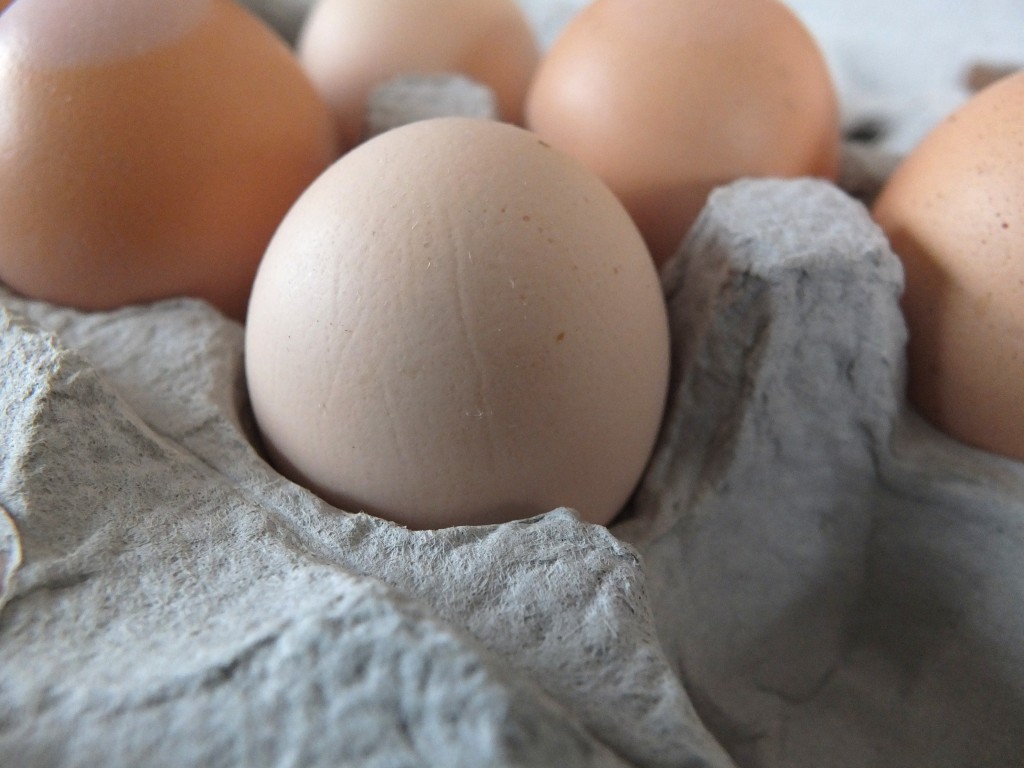 Coconut flour. Whenever I tell someone something I have made is baked with this ingredient, they always look at me just a little funny, then they go back to eating the delicious confection in front of them. The truth is, coconut flour is well-known in the paleo community, but practically non-existent out of it. The unfortunate consequence of this is that those who are just starting to eat paleo think coconut flour is totally disgusting for the simple reason that they haven’t learned to cook with it. Which reminds me of my own introduction to coconut flour. It was a really early recipe for coconut flour pancakes. How did it turn out? Well, let’s just say that they fell apart and turned to piles of mush. Not a great first impression, to say the least. Over time, however, I’ve become more and more friendly with coconut flour as I’ve learned to figure out exactly how it will act in a recipe. Coconut flour is a very cost-effective grain-free flour option, so here are my top tips and tricks for cooking with coconut flour.
Coconut flour. Whenever I tell someone something I have made is baked with this ingredient, they always look at me just a little funny, then they go back to eating the delicious confection in front of them. The truth is, coconut flour is well-known in the paleo community, but practically non-existent out of it. The unfortunate consequence of this is that those who are just starting to eat paleo think coconut flour is totally disgusting for the simple reason that they haven’t learned to cook with it. Which reminds me of my own introduction to coconut flour. It was a really early recipe for coconut flour pancakes. How did it turn out? Well, let’s just say that they fell apart and turned to piles of mush. Not a great first impression, to say the least. Over time, however, I’ve become more and more friendly with coconut flour as I’ve learned to figure out exactly how it will act in a recipe. Coconut flour is a very cost-effective grain-free flour option, so here are my top tips and tricks for cooking with coconut flour.
Tip #1: Coconut flour makes things really thick, really fast. The reason for this is that coconut flour is extremely high in insoluble fiber, which slurps up moisture like crazy. So in a recipe that might use 1-2 cups of regular flour, only about 1/3 cup or so of coconut flour is needed to get the same degree of thickness. This property makes coconut flour great for binding things like salmon patties.
 Tip #2: Don’t substitute unless you know what you are doing. Since coconut flour is so thickening, you can’t substitute it cup-for-cup for any other flour. If you want to convert a recipe, be sure that you use a small amount of coconut flour, and add bulk to batter with extra eggs or something else.
Tip #2: Don’t substitute unless you know what you are doing. Since coconut flour is so thickening, you can’t substitute it cup-for-cup for any other flour. If you want to convert a recipe, be sure that you use a small amount of coconut flour, and add bulk to batter with extra eggs or something else.  Tip #3: Coconut flour needs lots of help to rise. In order to work well in a recipe, coconut flour needs help rising because it has no starch. That’s why coconut flour recipes call for lots of eggs. I wouldn’t try to bake with coconut flour without eggs. And make sure you use enough baking soda.
Tip #3: Coconut flour needs lots of help to rise. In order to work well in a recipe, coconut flour needs help rising because it has no starch. That’s why coconut flour recipes call for lots of eggs. I wouldn’t try to bake with coconut flour without eggs. And make sure you use enough baking soda.  Tip #4: When experimenting, add coconut flour in tablespoon increments. When you’re being creative with grain-free baking, remember that coconut flour is potent, and even 1 tablespoon to little or too much could throw off the final product, making it either underbaked or too dry. Your batter should be thicker that a wheat flour batter, but not so thick that you can make sand castles out of it.
Tip #4: When experimenting, add coconut flour in tablespoon increments. When you’re being creative with grain-free baking, remember that coconut flour is potent, and even 1 tablespoon to little or too much could throw off the final product, making it either underbaked or too dry. Your batter should be thicker that a wheat flour batter, but not so thick that you can make sand castles out of it.  Hope that helps all you grain-free bakers out there, and feel free to chime in your coconut flour baking tips/experiences! Shared at Traditional Tuesdays And Fat Tuesday And Pennywise Platter And Fight Back Fridays
Hope that helps all you grain-free bakers out there, and feel free to chime in your coconut flour baking tips/experiences! Shared at Traditional Tuesdays And Fat Tuesday And Pennywise Platter And Fight Back Fridays


Thanks, that was a really helpful post.